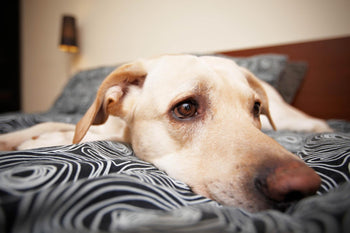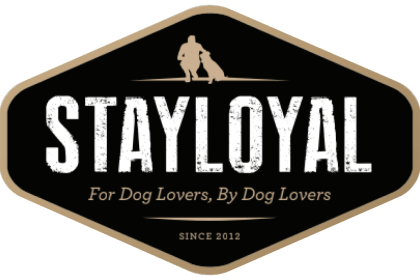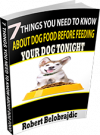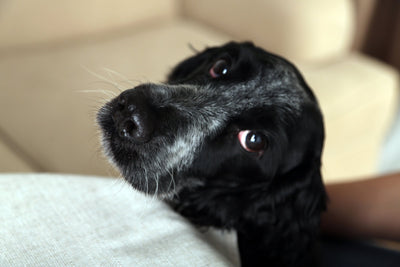Do You Have A Puppy Or Dog During COVID-19? Be Sure To Make The Right Steps To Prevent Separation Anxiety

COVID-19 has certainly changed our “normal” in a hurry. The new normal for many of us is working from home, or currently not working and being asked to “shelter-in-place.” While the effects on your human family are probably very noticeable by now, you may not of thought what that means to your four-legged family members, especially if you happen to have added a puppy to your house before or during the pandemic.
In fact, many people have actually welcomed a puppy into their home thinking now is a great time because they are home and have more free time. That’s true. Potty training, behaviour training, bonding time – all made easier when you are home a lot more. The kids are out of school and have plenty of time to play and train the pup too.
However, being home all the time with a puppy can lead to separation anxiety later on when our lives go back to normal, adults go to work and kids go to school. So, it’s vitally important to create separation in order to avoid anxiety later.
The most important thing you can do is NOT be with your puppy 24/7, which is hard – we know! But she needs to learn that’s it’s okay for you to be out of the room, or out of the house, without her. Here are some things you can do even during the stay home order to give your dog some space:
· Feed them their meals in a different room from you. (This gives them a positive association with you leaving: Human leaving equals food!)
· Give them something safe to chew on while you go outside to work in your yard or go for a walk. (Again, human leaving equals food!)
· Give them outside alone time. If your yard, including all the plants, are puppy-proof, give your dog a few toys, some water, maybe even a food puzzle with his meal, and let him play by himself a bit. At first, don’t leave them out there for very long. For some dogs, this is not a good idea as they may practice other bad behaviours, like barking at passing cars or digging. It just depends on the dog.
· Do not make a big deal when you leave OR when you come back. Do not talk to them in a high exciting voice or immediately pick them up and pet them all over. Act like it’s just a normal thing. If you are calm, your dog is more likely to be calm. If they are super excited, wait for them to calm down and even offer a sit before you pet them.
Start with just a little bit of time, and build up. DO NOT RETURN TO YOUR PUPPY IF THEY ARE MAKING ANY TYPE OF FUSS! That includes whining, barking, digging to get out of enclosure, biting crate bars, pacing, etc. If you have some type of camera monitor, they are super helpful with this kind of training because you can see what your puppy is up to even if you are outside. Only return to them when they are calm and relaxed.
You can also purchase auto-treat/food dispensers that allow you to reward your dog while you are not in the room or even in the house. These can help you reinforce calm behaviour for longer periods of time.
Crate Training
Training your puppy to be in a crate in another part of the house from where the family is a great way to help with separation anxiety. At first, the crate can be in the same room as you while your pup is getting used to it. But don’t wait too long, after just a day or two, move the crate somewhere else where there is not a family member. And remember your crate training rules – do not go in to that room or let your puppy out if they are making noise. Wait until they are settled and happy!
Crate training then allows you to have your puppy safely away from you at night – giving them many hours of relaxed (hopefully!) separation from you. Yes, he may cry the first couple nights, but he will learn to relax by himself and that is what you want for the next 15 years.
Enjoy being home with your new family member, just make sure you are setting yourselves both up for a lifetime of happiness when things go back to our old normal.








